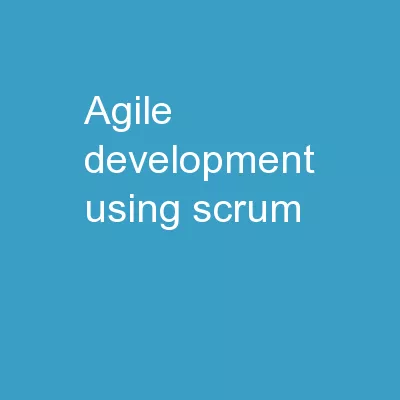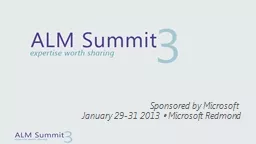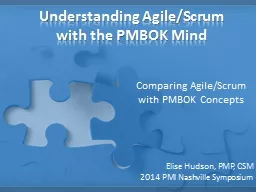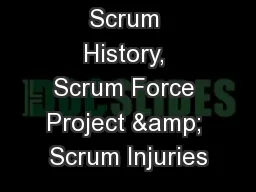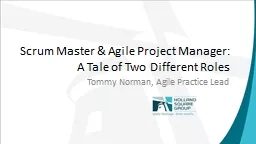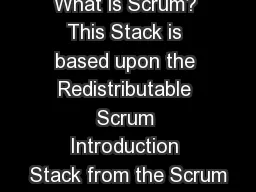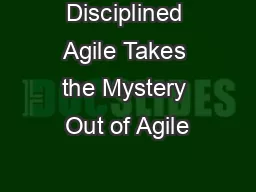PPT-Agile Development Using Scrum
Author : giovanna-bartolotta | Published Date : 2018-11-07
Dan Retzlaff Management Information Chief Applications Development Wisconsin Department of Public Instruction 26 th Annual Management Information Systems MIS Conference
Presentation Embed Code
Download Presentation
Download Presentation The PPT/PDF document "Agile Development Using Scrum" is the property of its rightful owner. Permission is granted to download and print the materials on this website for personal, non-commercial use only, and to display it on your personal computer provided you do not modify the materials and that you retain all copyright notices contained in the materials. By downloading content from our website, you accept the terms of this agreement.
Agile Development Using Scrum: Transcript
Download Rules Of Document
"Agile Development Using Scrum"The content belongs to its owner. You may download and print it for personal use, without modification, and keep all copyright notices. By downloading, you agree to these terms.
Related Documents

